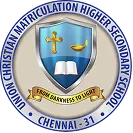Assessment System
METHODS OF ASSESSMENT
Assessment is carried out under the following two categories: • Formative Assessment (FA) • Summative Assessment (SA).
Formative Assessment is carried out in two different modes namely, FA (a)- Activity Mode FA (b)- Test Mode. Formative Assessment FA (a) is a measure of the learner’s active participation in a spectrum of learning activities. It is conducted during the course of learning in each unit. This may also include group evaluation wherever appropriate. It is based on the teacher’s observation / student’s participation / presentation / creative expression and other techniques. Formative Assessment FA (b) focuses on the assessment of the learners’ written work carried out during specified periods in the course of learning.
Formative Assessment, focuses on assessment of different skills of the learner and academic attainments conducted both inside and outside the classroom to improve and reinforce learning. Mostly assessment is done through slip tests and it is a means for diagnosis and feedback. Thrust is given for diverse thinking and learning skills, specific and comprehensive communication of knowledge, understanding and application.
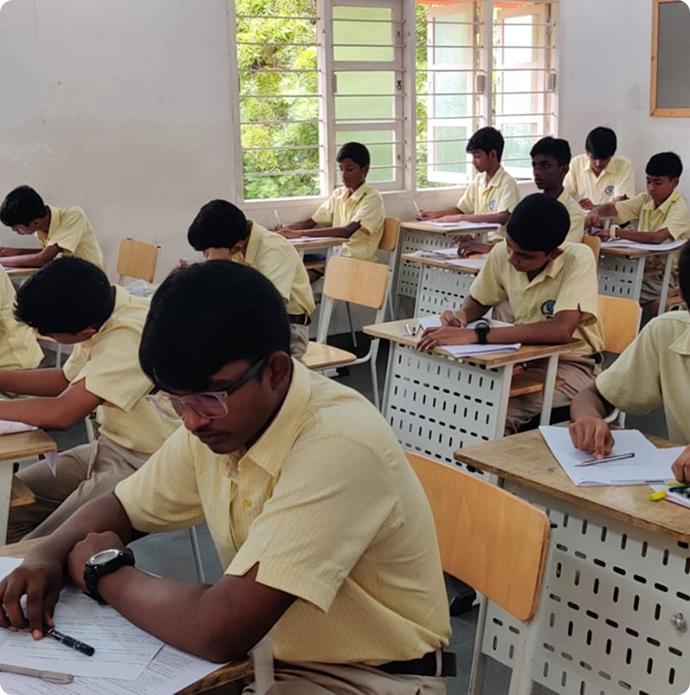
- Participation
- Initiative
- Involvement
- Regularity
- Creative Effort
SUMMATIVE ASSESSMENT
RECORDING ACTIVITIES AND GRADES
It is conducted at the end of each term. The question paper comprises of questions, scanning different dimensions of learning as detailed in the Blue Print. Questions are set for a maximum of 60 marks only. It is a formal assessment and it reflects the achievement of the learner. It is a blue–print based written test and is time-scheduled.
Examinations and Tests
Terminal examinations are held thrice a year, in September, December and April. Besides, periodical tests and mid-term tests are given in all subjects and a minimum of 50% is required for a pass in every subject. The assessment is prepared according to skills such as knowledge, comprehension, application and analysis and higher order thinking. There is one SA at the end of each term of the academic year.
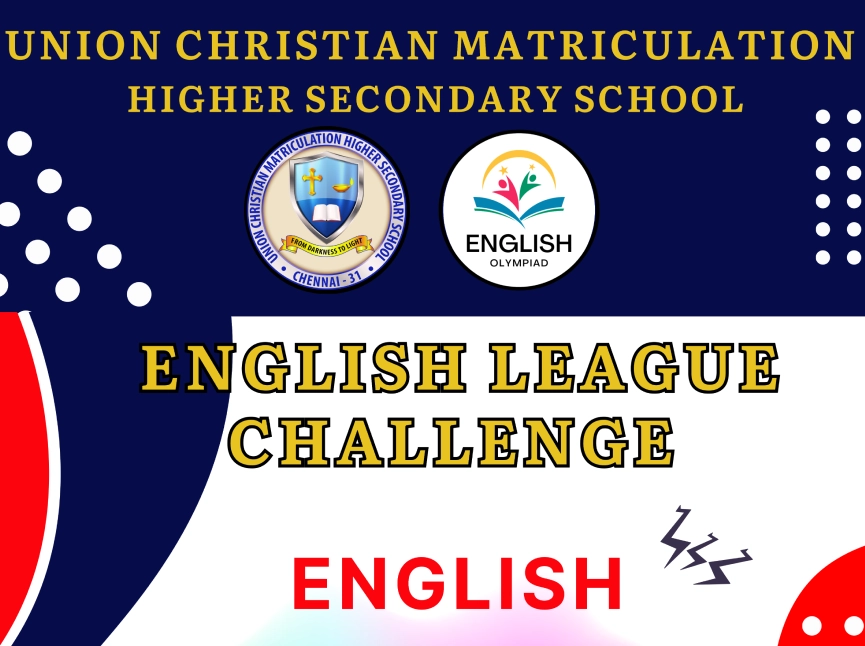
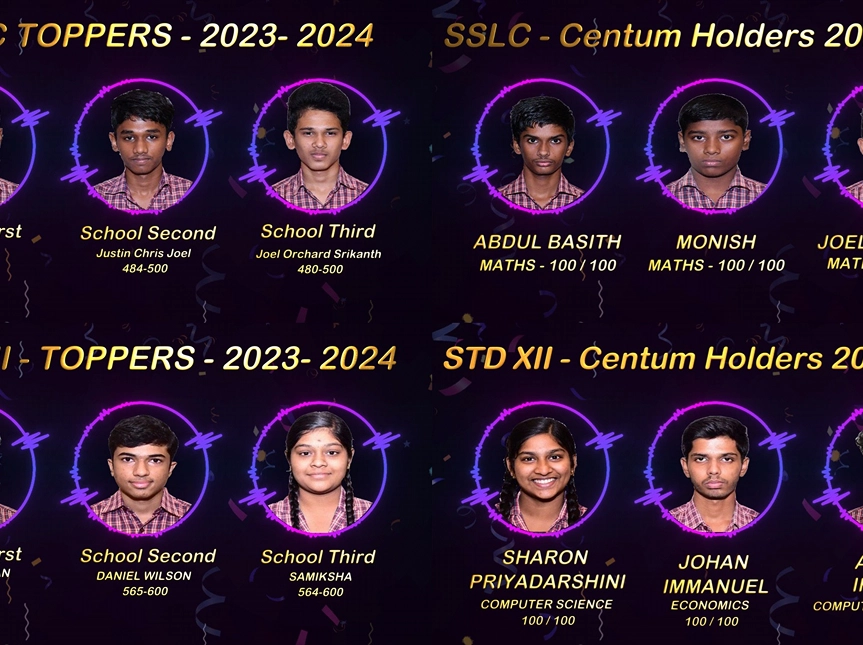
Board Examinations
Std IX and X students are prepared for the Secondary School Leaving Certificate. (Board Examination). Std XI and XII students are prepared for the Higher Secondary Certificate (Board examination).
Methods like continuous assessment, unit tests, and terminal examinations, are followed with a focus on nurturing growth and developing well-rounded individuals. The evaluation system relies on continuous assessment, where students are evaluated regularly throughout the academic year, not just at the end.Parental Involvement
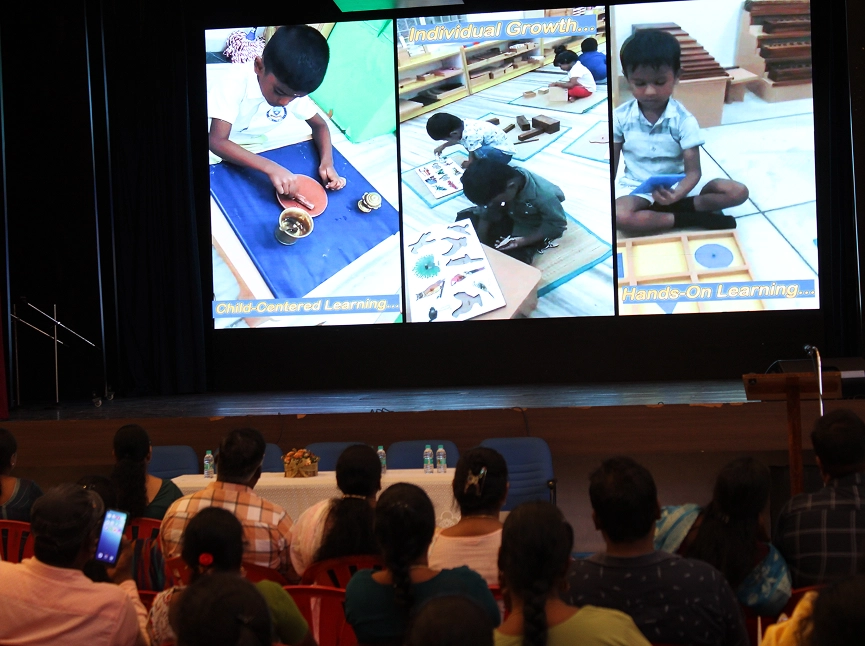
SCHOLASTIC AND CO-SCHOLASTIC AREAS
The school follows scholastic and co-scholastic evaluation of all academic subjects as spread over the entire period of learning. It includes the learner’s knowledge, understanding, analysis and application of content assessed through multiple tools and techniques.
The learning experiences gained by students in school reinforces their life skills, positive attitude and values holistic exercise and health and co-curricular activities. Both theoretical and practical examinations for Physical education are also conducted. Hence, the evaluation areas for co-curricular activities are integrated with the learning of all subjects in our institution. Thus our institution includes both Scholastic and Co-Scholastic aspects.
